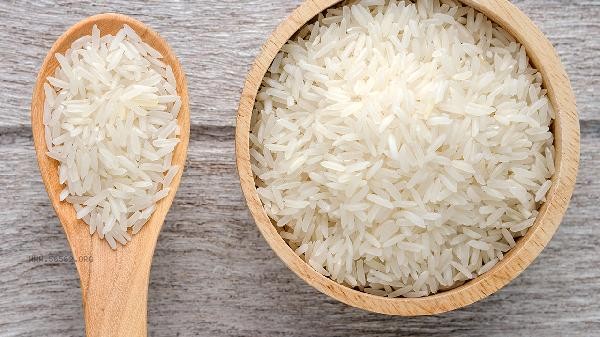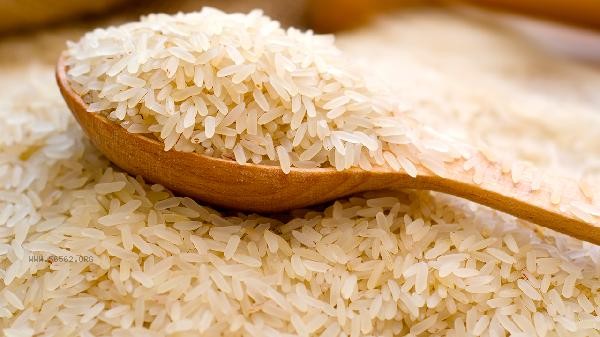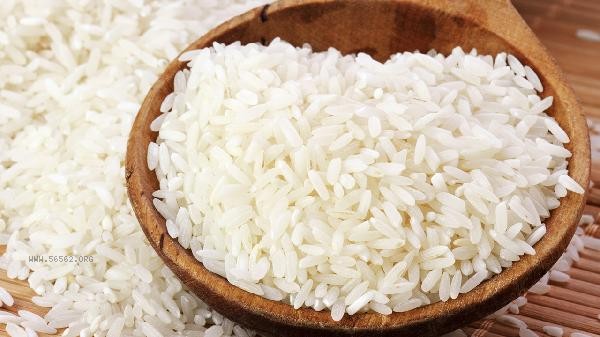The taste and quality of rice are mainly influenced by factors such as climate, soil, and variety in the production area. Some well-known high-quality production areas in China include Wuchang in Heilongjiang, Panjin in Liaoning, Sheyang in Jiangsu, Shulan in Jilin, and Wannian in Jiangxi.

1. Wuchang Rice
Due to the large temperature difference between day and night and the fertile black soil in Wuchang City, Heilongjiang Province, the rice produced with the fragrance of rice flowers has plump grains, and after steaming, it is oily and transparent, with a special fragrance. The local area uses spring water irrigation, and the annual ripening period allows for sufficient accumulation of starch. There is a noticeable aftertaste when chewed, and it is not easy to regrow after cooling.
2. Panjin Rice
Salt alkali rice in Panjin, Liaoning Province is rich in minerals in the soil, with crystal clear grains and moderate amylose content. Good viscoelasticity during steaming and cooking, suitable for making dishes that require shaping such as sushi. It can maintain a soft texture even after cooling, with a light sea breeze and salty aroma.
3. Sheyang Rice
Nanjing series rice cultivated in weakly alkaline soil and water in Sheyang, Jiangsu Province, has short, round, and transparent grains. After cooking, the rice grains are clearly non stick, and the taste is soft and smooth, suitable for digestion and absorption by the elderly and children. The ecological planting mode adopted locally reduces pesticide residues, and the rice fragrance is pure and odorless.

4. Shulan Rice
The volcanic soil in Shulan, Jilin Province is rich in trace elements, and the rice grains grown in Akita Komachi are uniform and slender. The cooking process is highly absorbent, and the finished rice is shiny. It is elastic and not easy to gelatinize when chewing. It is suitable for making Fried Rice and other dishes that need clear grains.
5. Wannian Gongmi
The traditional Gongmi in Wannian County, Jiangxi Province is produced from terraced hills and irrigated with mountain spring water. The rice grains are semi transparent and emit a natural sweet aroma after steaming, with a moderate soft and glutinous taste. Due to the long growth cycle and manual weeding, more B vitamins and dietary fiber are retained.

When selecting rice, priority should be given to new rice of the current season, which should be sealed and refrigerated after opening to delay oxidation. Different varieties of rice are suitable for different cooking methods, high amylose rice is suitable for Fried Rice, and low amylose rice is suitable for Congee. Eating with mixed grains can improve nutritional value. For those with weak gastrointestinal function, it is recommended to choose germ rice with lower whiteness. When purchasing, pay attention to the execution standards. High quality rice should have a clear luster and low breakage rate.








Comments (0)
Leave a Comment
No comments yet
Be the first to share your thoughts!